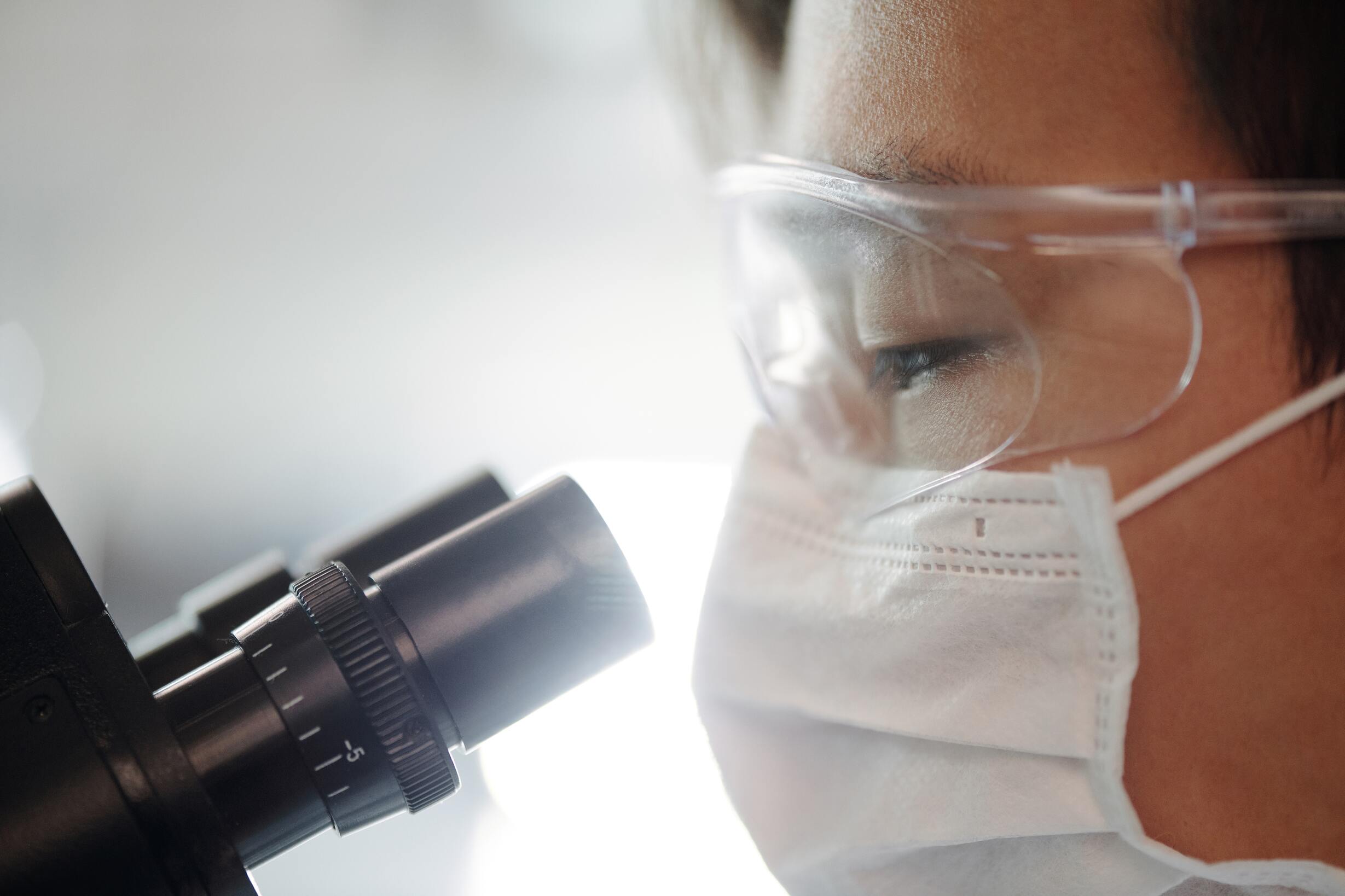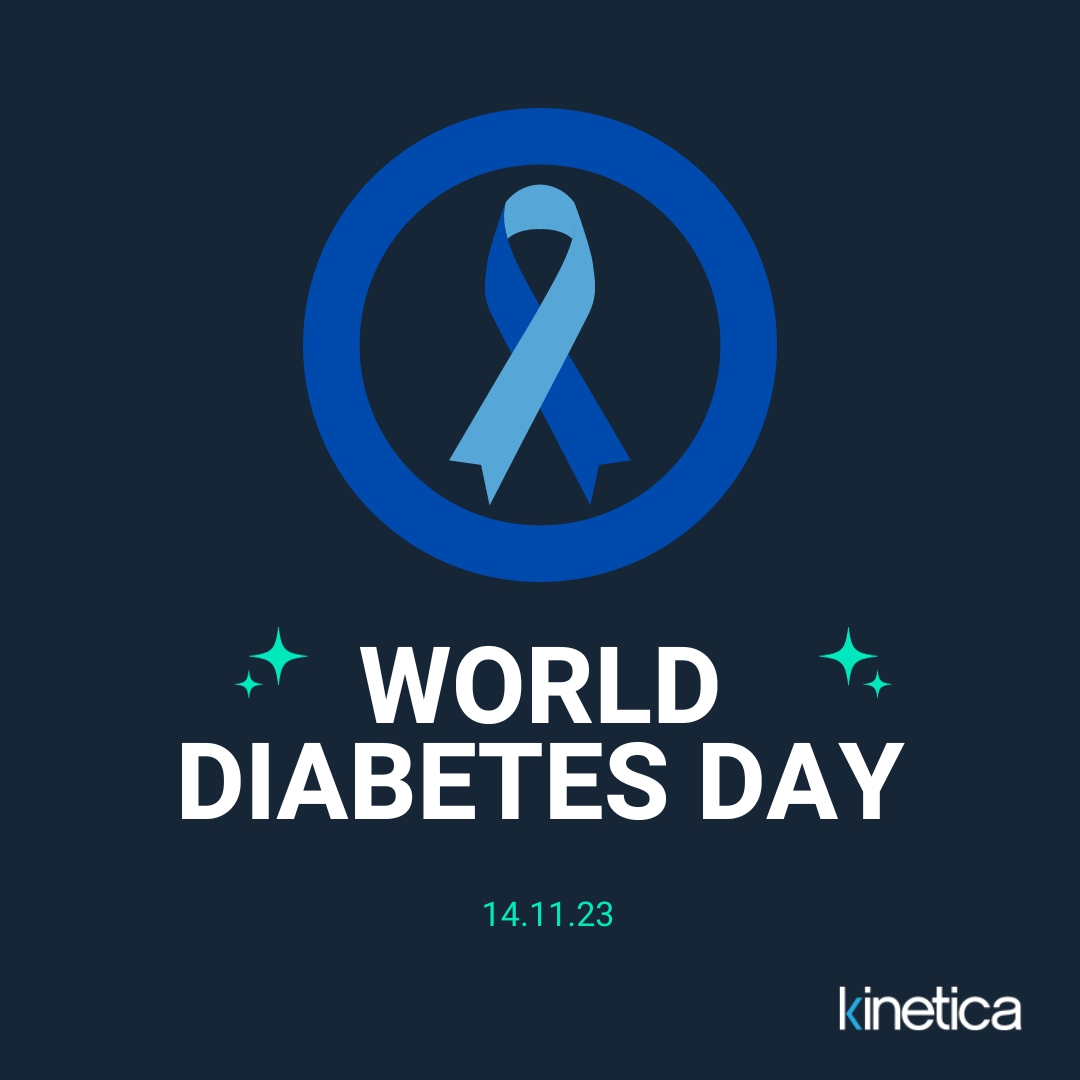
INSIGHTS
The latest insights & news from Kinetica
Wold Diabetes Day: The Evolution of the Diabetic Product Portfolio
14 Nov, 20235 minutesIn honour of World Diabetes Day, we wanted to create a post that raises awareness of people ...

In honour of World Diabetes Day, we wanted to create a post that raises awareness of people living with this condition, whilst also highlighting the evolution of diabetic treatment available to individuals with this disease. As providers of scientific and medtech recruitment services, our collaboration with clients in this field has inspired us to share their impactful journey and how their technology has affected the lives of millions of diabetics across the globe.
This cause holds special significance to the team at Kinetica, as our Co-Founder Rupert Pearson has been living with Type 1 diabetes for the last 15 years. In a fascinating twist of fate, Rupert collaborates with a leading diagnostics company at the forefront of developing products for diabetes treatment. Essentially, Rupert works for a company whose technology plays a crucial role in saving his life on a daily basis.
Reflecting on his own personal experience, Rupert states, “Being somewhat technologically challenged, I tend to manage my diabetes in a straightforward manner. I rely on a traditional finger prick test and glucose monitor to measure my blood glucose, followed by manual insulin injections to balance out my dietary intake.
Nevertheless, recent years have witnessed remarkable advancements in constant glucose monitors (CGM). These wearable devices provide real-time data to a mobile phone, enabling frequent adjustments of insulin to counteract fluctuating glucose levels. The CGM can also be integrated with an insulin pump, forming what some refer to as the 'closed loop system,' akin to having an artificial pancreas.
For tech-savvy diabetics, CGM systems represent a significant leap forward, helping users to keep blood glucose levels stable and reducing both hypo and hyper episodes and associated complications. Additionally, it aids in tracking blood glucose levels during periods of exercise or overnight, times when the traditional fingerpick method of monitoring was not possible, mitigating the risk of glucose levels reaching a dangerous zone. This system proves particularly beneficial for managing diabetes in young children. My own daughter, Agnes, received a diabetes diagnosis at the age of 2 and trying to explain the concept of the finger prick method to a toddler proved to be an insurmountable challenge. The CGM systems offer a much more manageable way to monitor the condition in younger children.
Having worked with this leading In Vitro Diagnostics organisation for the last 10 years, I am inspired by the impactful work they do, not only in diabetes care but also across their diverse diagnostics product portfolio. It's truly remarkable to source exceptional candidates for this incredible company, who in turn play a pivotal role in contributing to the extraordinary work they consistently produce.”
